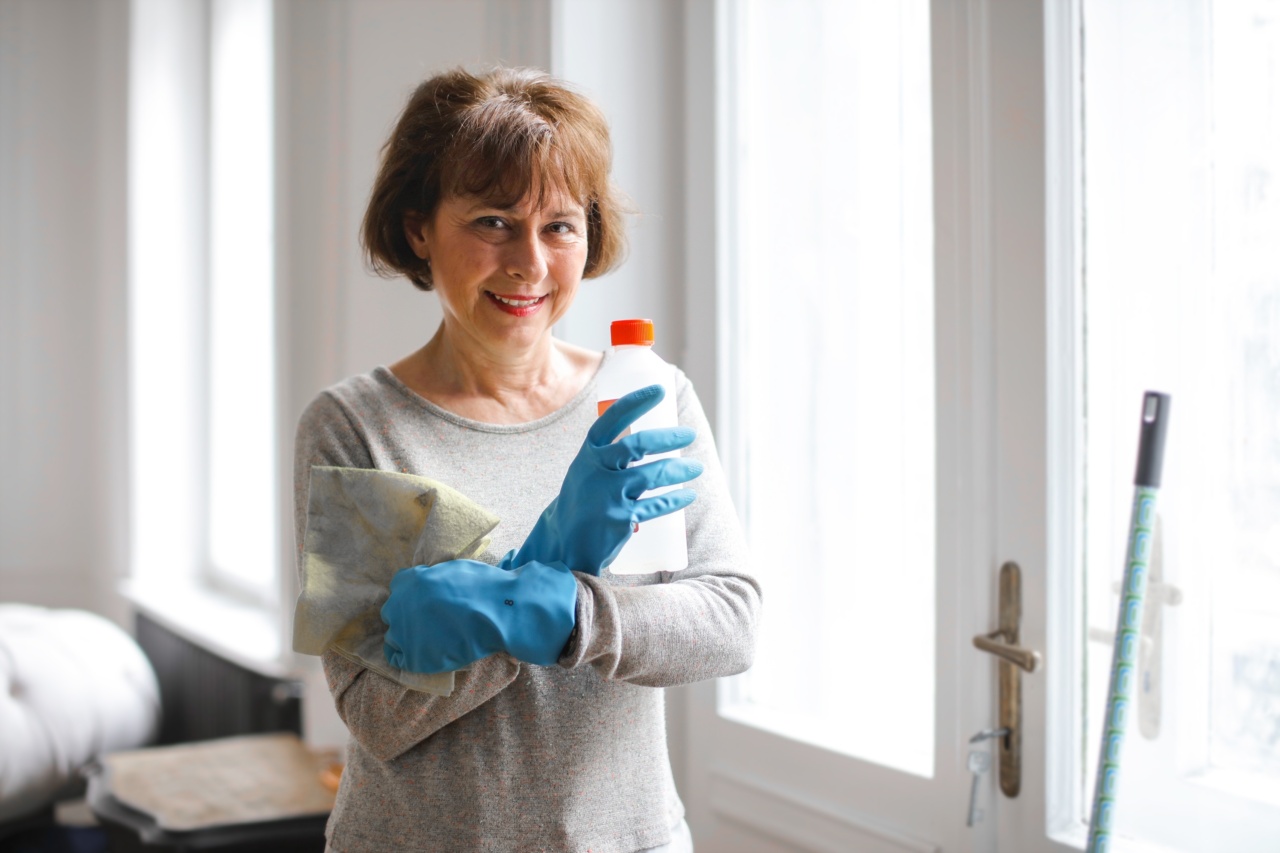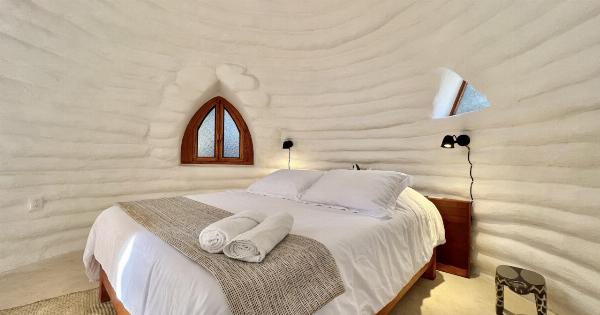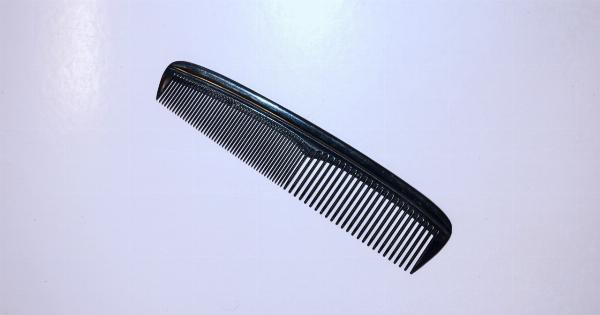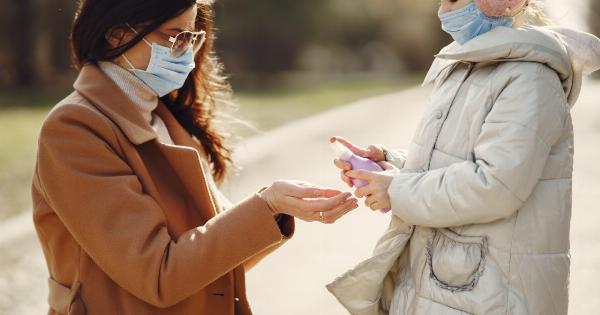When you check into a hotel, what is the first thing you do? You probably open the door to your room and take a quick look around to admire the decor and assess the amenities at your disposal.
But, have you ever stopped to consider the cleanliness of the space?.
The truth is, hotels can be a breeding ground for germs, bacteria, and other harmful pathogens. From unwashed linens to unsanitary surfaces, there are a variety of factors that can contribute to a hotel room’s hygiene or lack thereof.
In this article, we take a closer look at some of the dirtiest secrets that hotels don’t want you to know.
1. Bedding and Linens
The first thing you may notice when entering a hotel room is the bedding and linens, which can look and smell clean. However, looks can be deceiving.
According to a study by the University of Houston, up to 100 different species of bacteria can be found on hotel linens, including E. coli and Staphylococcus aureus (MRSA).
This is largely due to improper washing and hygiene practices, such as using contaminated laundry bags, using the same towel to clean multiple surfaces, or not changing sheets between guests.
If you’re concerned about the cleanliness of your hotel bedding, consider bringing your own sheets and pillowcases or thoroughly inspecting the linens before use.
2. Bathrooms
The bathroom is another area of a hotel room that can harbor a significant amount of bacteria and germs.
A study by Travelmath found that the bathroom sink can contain up to 100,000 times more germs than a toilet seat, while the faucet handles and showerheads can contain bacteria such as Legionella, which can cause Legionnaires’ Disease.
To help limit your exposure to germs in the hotel bathroom, be sure to wash your hands frequently and take sanitary precautions when using shared surfaces such as toilets, shower stalls, and sink faucets.
Using a disinfectant wipe to clean down these surfaces before use can also help reduce your risk of exposure.
3. Remote Controls and Light Switches
Did you know that the remote control and light switches in your hotel room are some of the germiest surfaces you’ll encounter during your stay? These items are frequently touched but rarely cleaned, making them the perfect breeding ground for bacteria and other contaminants.
According to a study by the University of Arizona, the remote control in a hotel room is one of the most contaminated objects, with up to 14 times the amount of bacteria found on the toilet seat.
To minimize your exposure to these germs, consider using a disinfectant wipe or spray to clean the remote control and light switches before use.
4. Carpets and Upholstery
Carpets and upholstery are another often-overlooked source of germs and bacteria in hotel rooms. Not only can these surfaces harbor dust mites and allergens, but they can also accumulate bacteria, fungi, and other harmful particles.
To protect yourself from exposure to these contaminants, consider wearing socks or slippers to avoid direct contact with the carpet and upholstery.
Additionally, it’s a good idea to bring your own pillow and protective pillowcase to avoid exposure to allergens and other contaminants.
5. HVAC Systems
Finally, the HVAC system in a hotel room can be a source of contamination if not properly maintained.
These systems can circulate mold spores, dust, and other allergens throughout a room, exacerbating respiratory and allergy symptoms in sensitive individuals.
To help mitigate your risk of exposure to these contaminants, consider turning off the HVAC system when you’re not in the room and opening windows to allow fresh air to circulate.
Additionally, you may want to consider bringing your own air filter or purifier to help clean the air in your room.
Conclusion
While hotels strive to provide clean and comfortable accommodations for their guests, the reality is that there are many factors that can contribute to poor hygiene and increased exposure to germs and bacteria.
By being mindful of the cleanliness of your room and taking precautions to protect yourself and your family, you can enjoy a safe and healthy stay wherever your travels take you.































